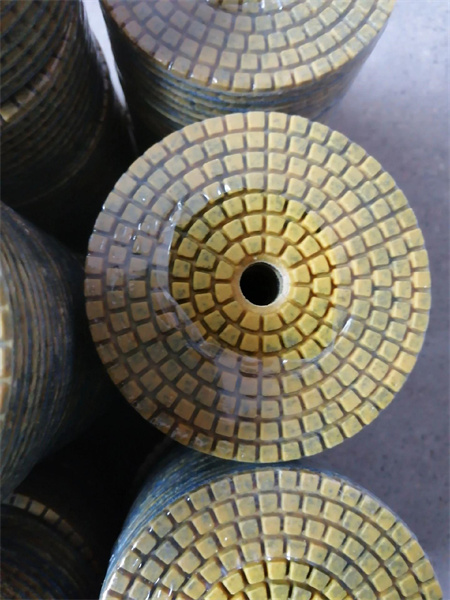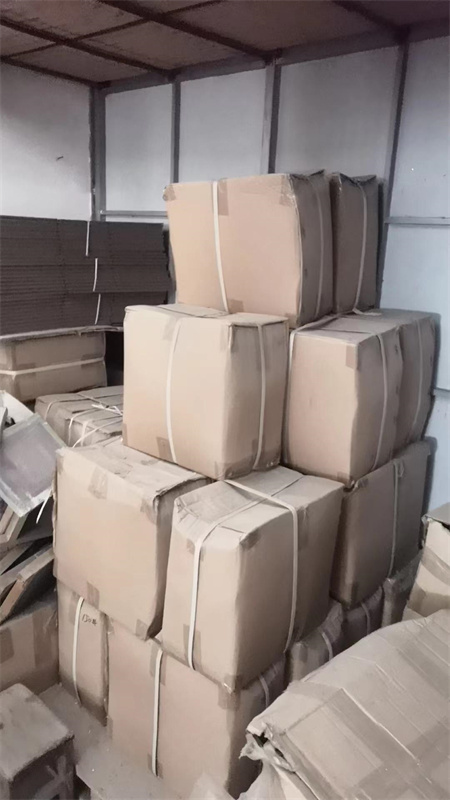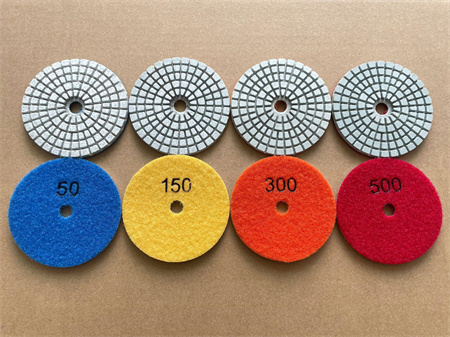Choosing the Right Pad Size for Various Polishing Tasks
When it comes to polishing, the pad you choose can make all the difference in achieving that perfect finish. Whether you’re working on a car’s exterior, furniture, or a delicate surface, selecting the correct pad size is crucial for efficiency, quality, and ease of use. But how do you know which size is right for your specific polishing job? The answer depends on the surface area, the type of polishing you’re doing, and the results you’re aiming for.
Polishing pads come in a range of sizes, from small 3-inch pads to larger 7-inch or 8-inch ones. Understanding the impact of pad size on your polishing process can save you time and effort while delivering the results you’re looking for. Let’s break it down.
Small Pads: Precision in Tight Spaces
If you’re working on a surface with intricate details or smaller, hard-to-reach areas, smaller pads are your best bet. For instance, 3-inch or 4-inch pads are ideal for polishing areas like mirrors, headlights, or intricate car parts. They provide greater control and are excellent for delicate jobs where precision is key.
Smaller pads also tend to create more concentrated pressure on the surface, allowing you to tackle stubborn imperfections like swirls or scratches. However, keep in mind that using a smaller pad on a large surface can take much longer than necessary, so it’s important to match the pad size to the task at hand.
Medium Pads: Versatility for Larger Surfaces
For general polishing tasks, a medium-sized pad (usually around 5 to 6 inches) strikes a balance between precision and efficiency. These pads are perfect for large vehicle panels, countertops, and furniture. Their moderate size allows for more coverage than smaller pads while still offering enough control to work around curves and corners.

Large Pads: Speed and Efficiency for Big Jobs
If you’re polishing large, flat surfaces, a bigger pad is the way to go. Pads in the 7-inch to 8-inch range cover more surface area and are perfect for tackling large car hoods, wide tables, or even floors. These pads are designed to help you work faster and more efficiently, as they can remove imperfections from larger areas in fewer passes.
However, larger pads also come with a bit of a trade-off. While they can polish quickly, they can be harder to control on smaller, more detailed sections. They also exert less pressure per square inch than smaller pads, which means they might not be the best option for addressing deep scratches or specific imperfections. If you’re just looking for a quick shine or preparing the surface for further treatment, though, a larger pad is ideal.
Choosing the Right Pad Material
Alongside size, the material of the pad also plays a significant role in determining its effectiveness. Foam pads are commonly used for polishing, as they’re gentle yet effective at applying pressure and spreading compounds evenly. For heavy-duty work, wool pads might be a better choice, as they are more aggressive and can handle tougher tasks like removing heavy oxidation or scratches. Microfiber pads are also an excellent option for achieving a fine finish, offering both cut and polish in one step.
The Importance of Matching Your Pad with the Right Polish
Pad size alone won’t guarantee optimal results—it’s just as important to match the pad with the correct polishing compound or wax. A larger pad might need a more aggressive polish, while a smaller pad works better with a finer finishing product. Consider your polishing goals—are you looking to remove imperfections, or just enhance the shine? Your pad size and compound choice should complement each other to achieve the desired outcome.
Test and Adjust

In the world of polishing, choosing the right pad size can significantly impact the quality of your work. Whether you’re polishing a vehicle, restoring a piece of furniture, or enhancing a surface, there’s a pad out there that’s just right for your task. By understanding the relationship between pad size, material, and polishing compound, you’ll be able to tackle any job with confidence and precision, ensuring a flawless finish every time.
